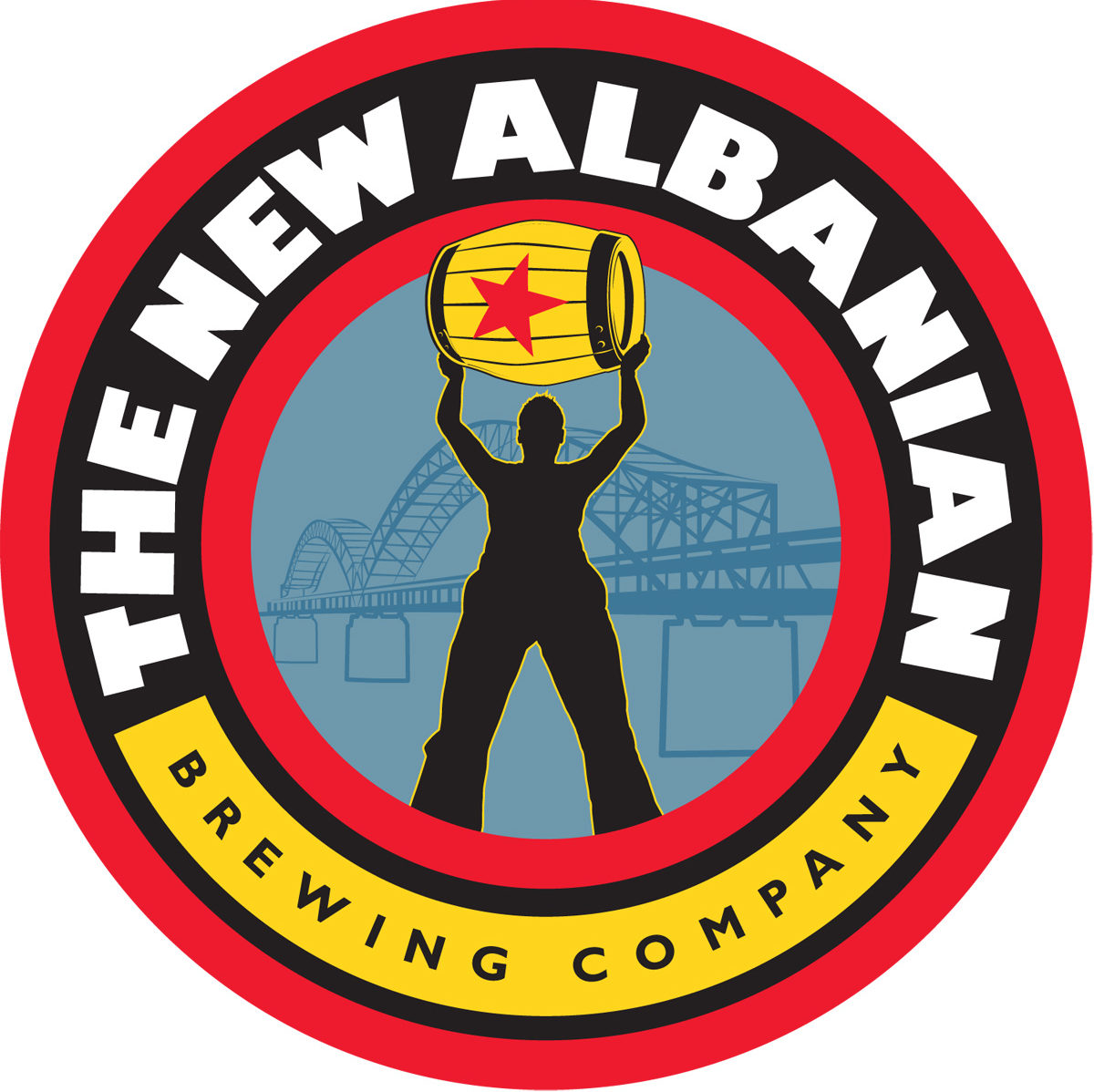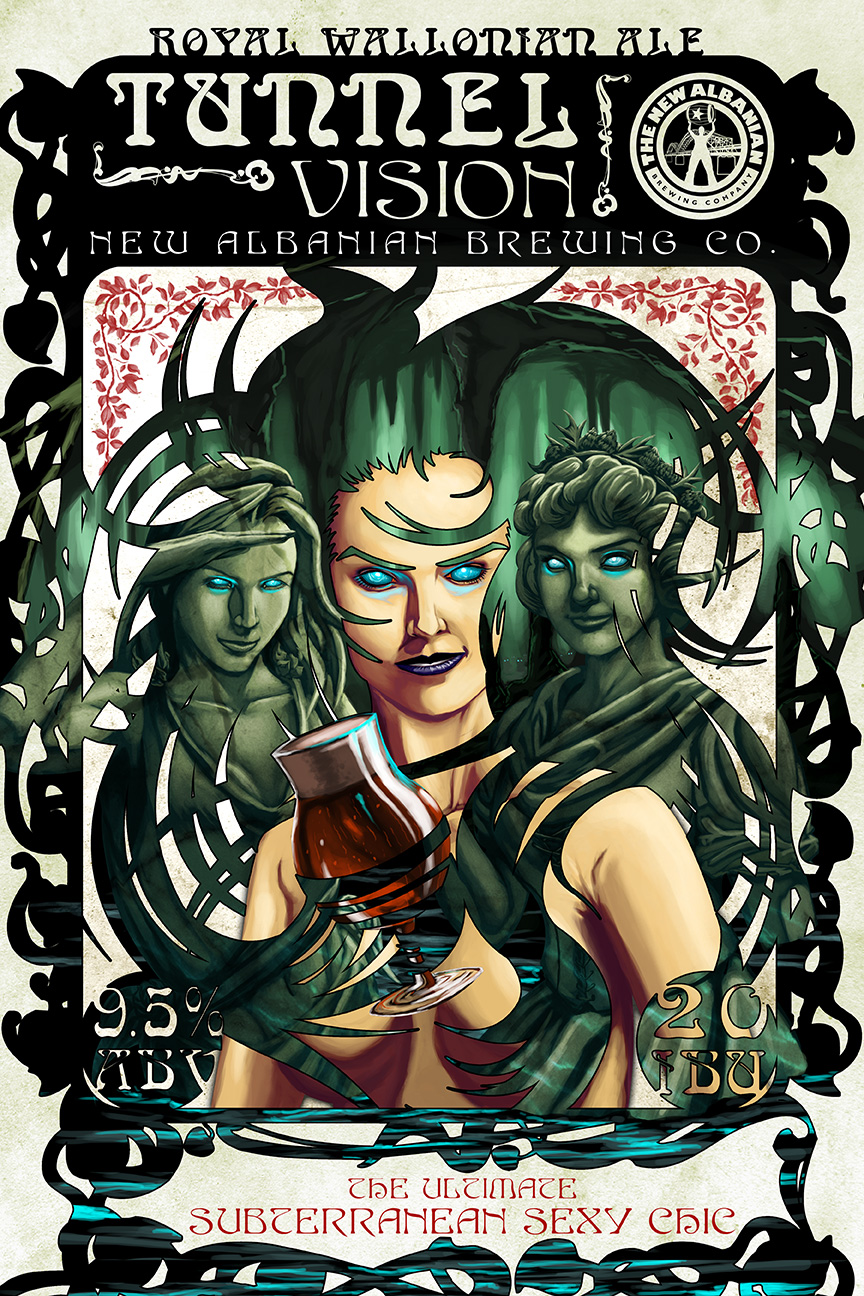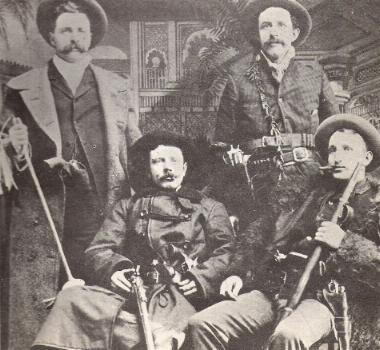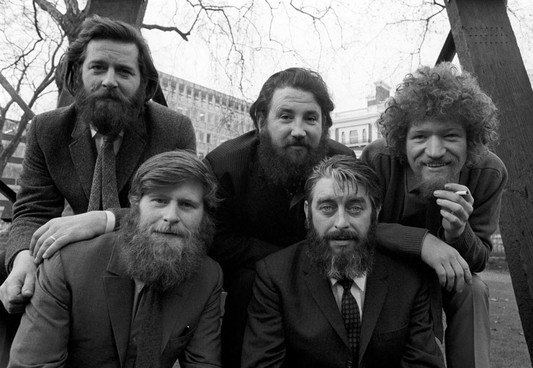Belgium begins at the sea with sandy beaches and mud flats bordering the English Channel, and ends in the hilly, scenic terrain of the Ardennes, where towns like Bastogne remind the visitor that war regrettably has been a regular feature of European history.
The country has been a hybrid from the start, carved out of former royal dominions by the “concert of Europe” less than two hundred years ago, given a king and some postage stamps, and intended as a buffer between French and German lands. King Leopold later became the famously corrupt “owner” of the Congo. Belgium’s mandated neutrality was violated twice by German militarism as a prelude to world wars.
Now renowned for its Flemish (Dutch) and Wallonian (French) cultural and linguistic dichotomy, Belgium’s politics are convoluted, but somehow it remains intact. Famous sons include Adolphe Saxe (inventor of the instrument named for him) and Jean Claude van Damme (The Muscles from Brussels). Coincidentally, the European Union’s considerable bureaucracy is centered in Brussels, and the Mannekin Pis statue is a metaphor for money passing from rich countries to poor ones – especially since the 2008 financial collapse.
Belgium is renowned among beer lovers for its eclectic and diverse stylistic legacy of ale making, one the Belgians themselves once were about to forget until reminded of it by exploring Brits and Americans. Portions of the local Belgian brewing heritage survived modernization and lager encroachment, and then later, brewers shrewdly exploited the same forces of modernization to their advantage, including the practice of vigorous exporting, electronic media visibility, and hitching to the country’s reputation for gastronomy and tourism.
American craft brewers have derived considerable inspiration from the saga of Belgian brewing, and the New Albanian brewing company is no exception. Each year just after the holidays, we release Tunnel Vision, dubbed a Royal Wallonian Ale, and intended to showcase New Albania’s equivalent of the Ardennes: Our stubby, mysterious Knobs of Floyd, which rise over our own riverside flood plain, and are inhabited by American landed gentry in their castle parapets.
Lots of NABC’s customers tell us Tunnel Vision is their favorite, and therein lies a story. It began in the 1990s as a homebrew recipe devised by NABC co-owner Amy Baylor. Amy’s recipe included barley, wheat, rye and honey, and was fermented with Belgian yeast. It was of mid-range gravity, and quite popular.
In 2003, NABC’s founding brewer Michael Borchers adapted Amy’s recipe for our start-up, low-mileage garage brewery at the Pizzeria & Public House. Gallons of honey were required, as delivered to the brewery in dozens of small jars by a frantically toiling Crawford County beekeeper. The first batch was good, but the formulation was complicated, and the logistics involved in shifting to larger scales of operation invariably resulted in changes and experimentation by his successors. Then the price of honey skyrocketed, followed by a time when we couldn’t get any at all.
When David Pierce became NABC’s director of brewing operations in 2009, he locked down the Tunnel Vision formula and made it sing: Five continental malts, Magnum hops, both sweet and curaçao orange peel, coriander seed and Wallonian yeast (brought to America from Belgium under stove pipe hats worn by gnomes seeking subterranean refuge beneath the McMansions of Floyds Knobs).
22-oz bombers of Tunnel Vision will be available in Indiana and metropolitan Louisville on the Kentucky side of the Ohio. A limited amount of draft will be allocated, and of course, it can be enjoyed in all forms at NABC’s two New Albanian locations.
—
Tunnel Vision
Royal Wallonian Ale
ABV: 9.5%
IBU: 20
Color: Orange/amber.
Flavor: Full bodied, with malt sweetness and fruity Belgian yeast character.
Compare to: La Chouffe and other strong ales from Wallonia.
Description: Those hardy immigrant gnomes who came from the venerable hills of the Ardennes to take up residence beneath the mysterious Knobs of Southern Indiana need a potion reminiscent of home, and one sufficiently versatile for consumption in all seasons. This is it.
Recipe Suggestion: Up beyond those Knobs, westward past Greenville, world-famous goat cheese is crafted by the Schad family. It’s called Capriole Farms, and it’s the ideal pairing with Tunnel Vision. Surface-ripened Piper’s Pyramid and Wabash Cannonball are fine choices, so cut up the cheeses, and gather some nuts and berries, and perhaps venison salami. Use a Belgian-style glass for Tunnel Vision, as dispensed from a growler or bomber bottle, and feel the power of the gnome’s table.



